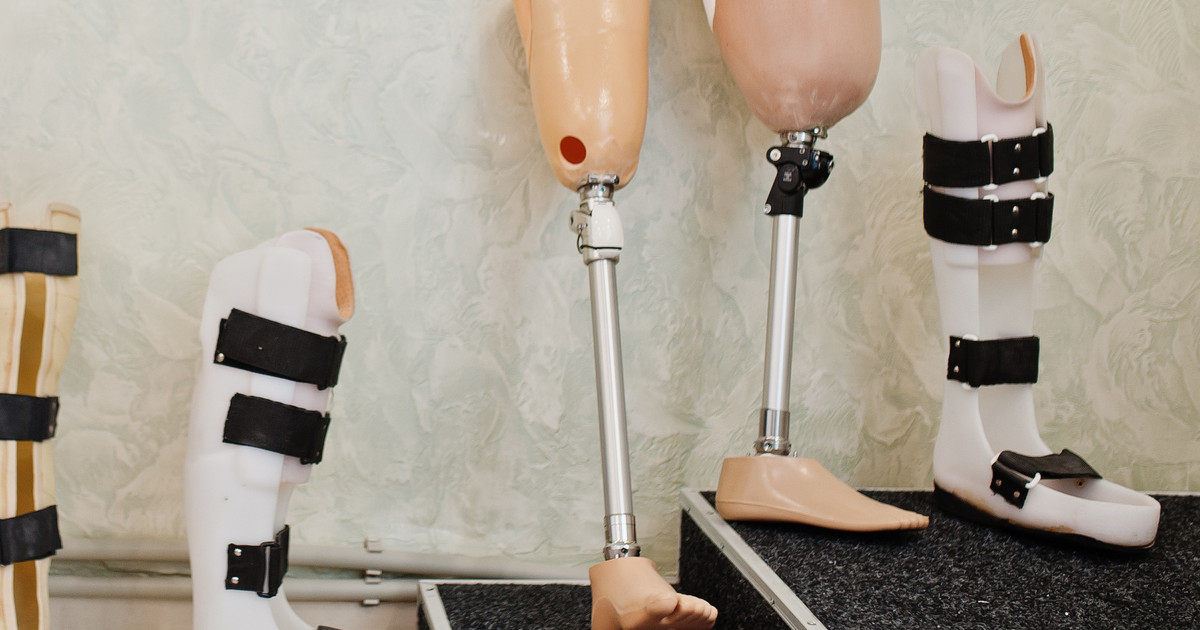Recovery Process After An Amputation
Occupational Therapy

Occupational therapy helps patients develop skills for living well at home after an amputation. Occupational therapists will assist patients in modifying the tasks of daily living so that they can be as independent and comfortable as possible. For example, the therapist may teach patients with upper limb amputations how to modify cooking and eating tasks. Patients will learn modifications that will help when bathing and dressing too.
The patient's occupational therapist may make a home visit to recommend changes to increase the safety and functionality of the patient's home. For example, shower modifications may be recommended. The installation of grab bars and additional lighting may be beneficial to prevent falls. Occupational therapy often begins during the patient's recovery period in the hospital. Patients may continue to have occupational therapy for an extended period at home.
Use Of Assistive Devices And Artificial Limbs

Patients who have a limb amputation often benefit from the use of assistive devices and artificial limbs. After the operation, patients may need to use crutches or wheelchairs. They may need a wheelchair ramp at their home. For certain types of amputations, the patient may be able to use artificial limbs. Typically, artificial limbs are fitted at least two months after the patient's operation.
The patient will need to take special care of the residual limb before receiving the artificial limb. Each artificial limb is designed and fitted specifically for the needs of the individual patient. A prosthetist will be responsible for making, adjusting, and repairing the patient's artificial limb. Patients will have regular appointments with their prosthetist throughout their lives.
